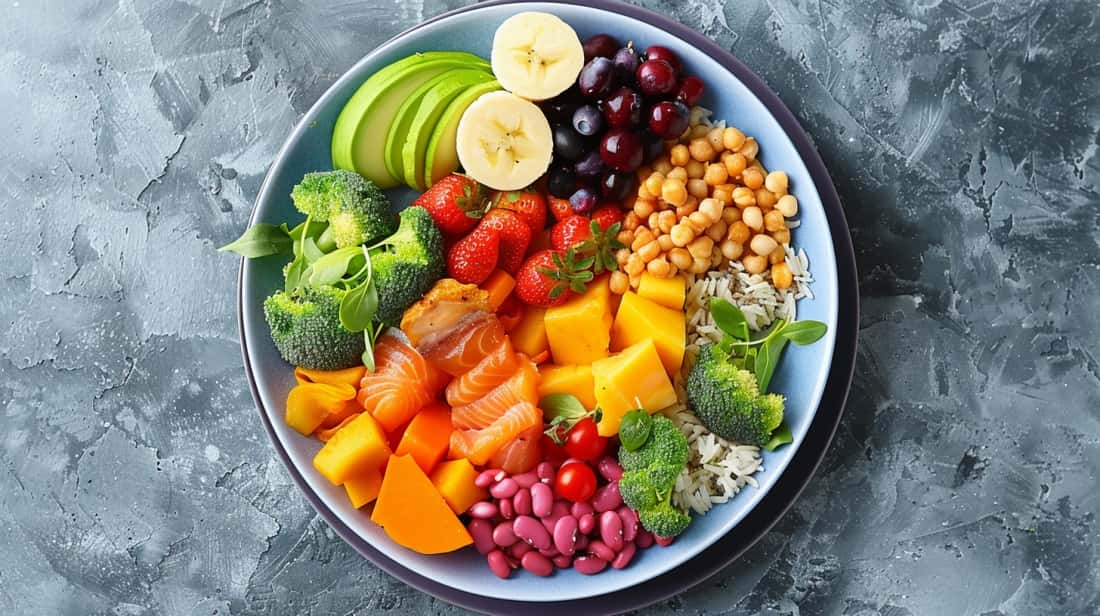When considering the pros and cons of breastfeeding compared to formula feeding, we find ourselves at a junction of decisions. Each path offers distinct benefits and factors that influence the health and welfare of both the baby and the mother.
As we explore the intricacies of this age-old debate, it becomes evident that a deeper examination of the pros and cons is essential to making an informed decision that aligns with the needs and preferences of each family member.
Key Takeaways
- Breastfeeding offers unique nutrients and antibodies for optimal growth and immunity.
- Formula feeding provides flexibility, structured routine, and tailored nutrition.
- Breastfeeding reduces risks of obesity, diabetes, SIDS, and respiratory illnesses.
- Formula feeding lacks immune-boosting properties, may cause digestive issues, and incurs financial burden.
Benefits of Breastfeeding
Breastfeeding offers numerous advantages for both infants and mothers, providing essential nutrients and antibodies that support ideal growth and immune system development. Breast milk is tailor-made for babies, containing the perfect balance of proteins, fats, carbohydrates, and vitamins necessary for their healthy development.
The antibodies present in breast milk help strengthen the baby's immune system, reducing the likelihood of infections and illnesses. By breastfeeding, mothers pass on important immune factors that protect their infants, lowering the risk of health problems such as allergies, eczema, ear infections, and digestive issues.
Studies have shown that breastfed babies have lower hospitalization rates for respiratory illnesses compared to those who are formula-fed. Additionally, breastfeeding plays an important role in reducing the chances of obesity, diabetes, SIDS, and other long-term health conditions in infants, making it a cornerstone of early health and well-being.
Challenges of Breastfeeding

When facing the challenges of breastfeeding, it's important for mothers to be aware of potential issues that can arise. Premature babies may face difficulties with breastfeeding coordination and meeting their specific nutrient needs. Mothers with certain medical conditions may find it challenging or unsafe to breastfeed, leading to emotional distress. Additionally, breastfeeding can bring about uncomfortable problems such as fungal infections and nipple soreness. Low milk supply is a common challenge that many mothers encounter, along with issues like managing breasts, which can cause pain and discomfort.
Handling these challenges requires patience and support. Seeking guidance from lactation consultants or healthcare providers can be beneficial in addressing breastfeeding hurdles. It's essential for mothers to take care of their physical and emotional well-being during this time. Understanding the potential challenges that may arise and having strategies in place to manage them can help mothers feel more confident and empowered in their breastfeeding journey.
Advantages of Formula Feeding
Formula feeding offers caregivers the flexibility to nourish the baby in the mother's absence, providing convenience and adaptability in feeding routines. This method allows families to create feeding schedules that suit their lifestyle and obligations. Additionally, formula-fed babies typically feed less frequently than breastfed babies, which can be convenient for some parents who prefer a more structured feeding routine. Formula provides tailored nutrition for individual babies based on specific dietary needs or preferences, ensuring that the baby receives the necessary nutrients for healthy growth and development. Furthermore, formula feeding eliminates concerns about low milk supply or breastfeeding challenges that some mothers may face, offering a reliable alternative for nourishing their babies. It can also be a suitable option for infants with medical conditions that prevent breastfeeding, ensuring they still receive essential nourishment. Below is a table summarizing the advantages of formula feeding:
| Advantages of Formula Feeding |
|---|
| Provides flexibility for caregivers |
| Allows for a more structured feeding routine |
| Tailored nutrition for individual needs |
| Eliminates concerns about low milk supply |
| Suitable alternative for babies with medical conditions |
Disadvantages of Formula Feeding

Despite its importance and tailored nutrition, formula feeding comes with several significant drawbacks that caregivers need to take into account. Unlike breast milk, formula lacks the immune-boosting properties that help protect babies from infections, making formula-fed infants more susceptible to illnesses. Additionally, formula-fed babies tend to experience more digestive issues such as constipation and gas compared to breastfed babies, which can lead to discomfort and fussiness.
Financially, formula feeding can be a burden on families, with costs ranging from $800 to $2,800 annually, creating a significant financial strain. Also, formula doesn't adjust to the baby's changing nutritional needs like breast milk does, potentially resulting in imbalances in nutrient intake. The disparities in accessibility and affordability of brand-name formulas further exacerbate the financial challenges faced by caregivers.
Considering these disadvantages, it's important for caregivers to weigh the costs and potential health implications of formula feeding when deciding the best feeding option for their baby.
Comparison of Health Impacts
To understand the full scope of the impact on infant health, it's essential to weigh the health benefits of breastfeeding against those of formula feeding. Here are key points to ponder:
- Reduced Risk of SIDS and Allergies: Breastfeeding has been linked to a lower risk of Sudden Infant Death Syndrome (SIDS) and childhood allergies compared to formula feeding.
- Tailored Nutrients and Immune Support: Breast milk provides unique nutrients and immune support tailored to the infant's needs, a benefit lacking in formula milk.
- Lower Rates of Obesity and Diabetes: Children who are breastfed tend to have lower rates of obesity and diabetes later in life compared to formula-fed children.
- Maternal Health and Healthcare Costs: Breastfeeding supports maternal health by reducing the risk of breast and ovarian cancer. Additionally, breastfeeding contributes to decreased healthcare costs and fewer hospitalizations for infants, making it a cost-effective choice over formula feeding.
Frequently Asked Questions
What Are the Advantages Disadvantages of Breastfeeding Versus Formula Feeding?
We believe breastfeeding offers antibodies and tailored nutrition, while formula feeding allows convenience and may be necessary for medical conditions. Both have pros and cons; consulting healthcare providers helps make informed decisions for the baby's well-being.
Which of the Following Is an Advantage of Breastfeeding Compared With Formula Feeding?
Breastfeeding offers numerous advantages over formula feeding, such as providing passive immunity to babies. The antibodies in breast milk strengthen their immune system, giving them a better defense against illnesses.
What Are 5 Disadvantages of Breastfeeding?
Breastfeeding can pose challenges like sore nipples, engorgement, low milk supply, latching issues, and limitations on feeding flexibility. These factors can make it demanding for mothers, impacting their schedules and privacy, despite its benefits.
What Are the Downsides of Formula?
Sure, some downsides of formula include lacking antibodies, potential digestion issues, high costs, and side effects like constipation. Contrary to breast milk, it might not offer the same immune support. Cost-wise, it can be pricier than breastfeeding.
Conclusion
To sum up, while both breastfeeding and formula feeding have their own set of benefits and challenges, it's crucial to contemplate what works best for both the baby and the mother.
Some may argue that formula feeding is more convenient, but the superior health benefits of breastfeeding can't be overlooked.
Ultimately, the decision should be made based on individual circumstances and needs to make sure the best possible outcome for both mother and baby.









